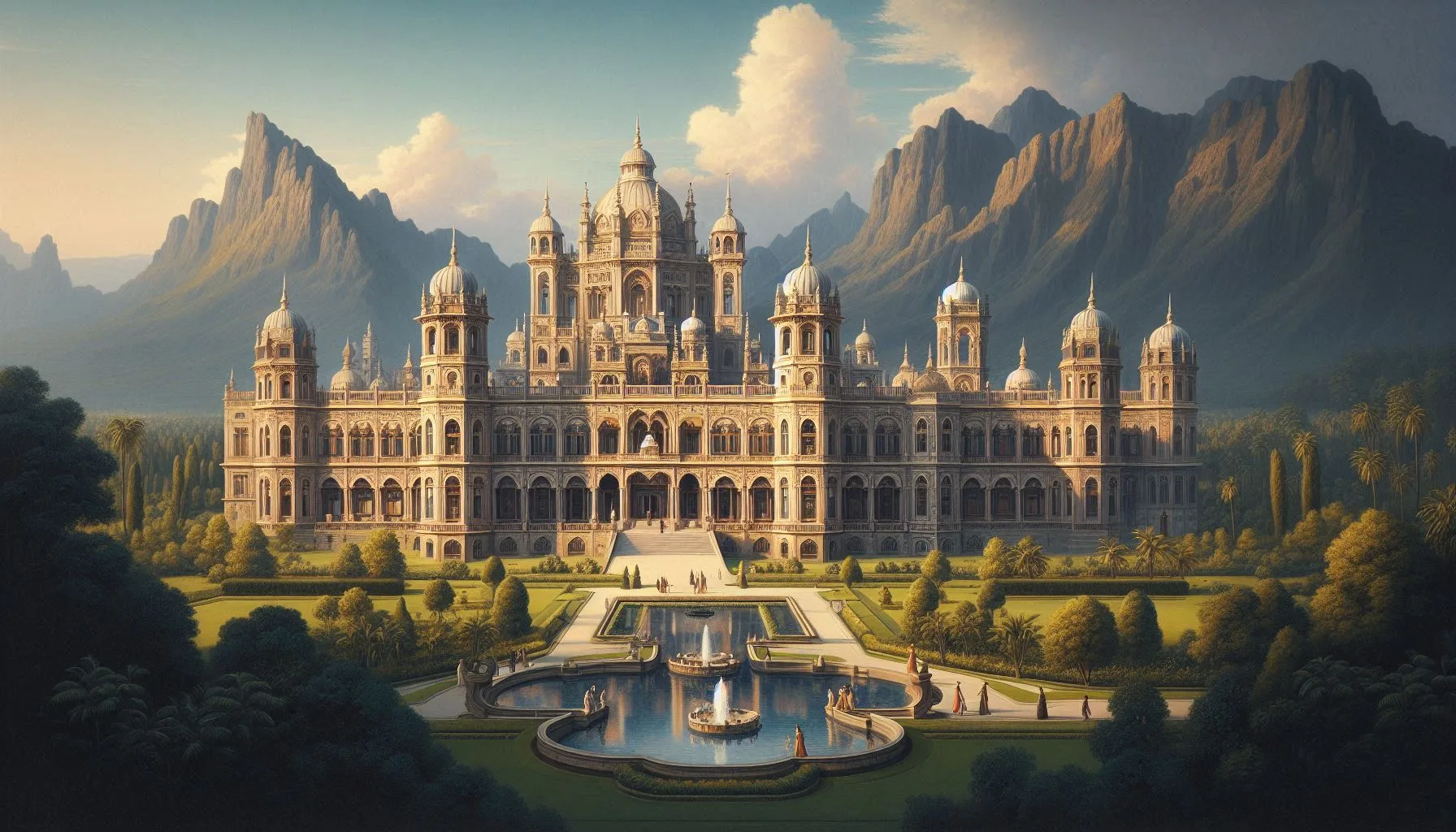The Art of Diplomacy: A Glimpse into Palaces and Estates
Introduction
The art of diplomacy has been an integral part of human history, played out in the grand settings of palaces and estates. For centuries, heads of state, royal families, and aristocrats have used these majestic properties as a backdrop for their diplomatic endeavors, often hiding beneath the façade of luxurious living and lavish parties, a complex web of alliances, negotiations, and agreements. In this article, we will delve into the world of diplomacy and explore the fascinating history, intricacies, and symbolism of palaces and estates as they relate to international diplomacy.
As we examine the art of diplomacy through the lens of palaces and estates, we will explore the ways in which these grand properties have served as a stage for historic negotiations, treaties, and declarations. From the stately halls of Versailles to the ornate chambers of the Forbidden City, these iconic structures have witnessed moments of great triumph and tragic defeat, all while hiding in plain sight behind ornate facades and elegant decor.
Section 2: The Historical Significance of Palaces and Estates
The art of diplomacy has been a driving force behind the construction and maintenance of many palaces and estates throughout history. From the lavish summer retreats of European monarchs to the intricately designed gardens of Asian dynasties, these grand properties have served as symbols of power, prestige, and national identity. For example, the Palace of Versailles, built in the 17th century, was a testament to the absolute power of King Louis XIV, while the Forbidden City in Beijing, built in the 15th century, was the seat of imperial power for centuries.
Palaces and estates have also played a crucial role in international diplomacy, often serving as a meeting ground for world leaders, foreign dignitaries, and diplomats. The intricate diplomatic dance of alliances and negotiations has been played out beneath the ornate ceilings, grand staircases, and beautifully manicured lawns of these grand properties. For instance, the Windsor Castle in the UK has hosted numerous state visits, including the historic meetings between Queen Elizabeth II and the leaders of the United States, France, and the Soviet Union.
Section 3: Symbolism and Protocol
The design and architecture of palaces and estates have played a significant role in international diplomacy, often conveying powerful messages about the nation, its people, and its leadership. From the opulent furnishings to the intricately designed gardens, every detail has been carefully curated to reflect the host country’s values, culture, and status. For instance, the grand staircases and ornate fountains of the Palace of Versailles were designed to convey the absolute power and grandeur of the French monarchy.
In addition to conveying power and prestige, the architecture and design of palaces and estates have also served as a reflection of the host country’s diplomacy. For example, the minimalist design of the Japanese Tea House in the Palace of Versailles was meant to convey the understated elegance and simplicity of Japanese culture, while the grand scale of the Great Hall in the Forbidden City was designed to reflect the power and grandeur of the Chinese Empire.
Section 4: Modern-Day Diplomacy
In modern times, palaces and estates continue to play an important role in international diplomacy, albeit in different ways. With the advent of globalization and the decline of colonial empires, the traditional grandeur of palaces and estates has given way to more subtle forms of diplomacy. For instance, the G8 summit in 2004, held at the Grand Esté in Russia, focused on issues such as energy security and global trade, rather than the pomp and circumstance of traditional diplomatic ceremonies.
Despite these changes, palaces and estates remain an important part of the diplomatic landscape, serving as a symbol of national prestige and a reflection of a country’s values and culture. For example, the White House in Washington, D.C. continues to host state visits, summits, and press conferences, while the Foreign Office in London remains an iconic symbol of British diplomacy.
Section 5: Conclusion
The art of diplomacy has always been an integral part of the world of palaces and estates, with these grand properties serving as a stage for historic negotiations, treaties, and declarations. From the ornate halls of Versailles to the intricately designed gardens of the Forbidden City, these iconic structures have witnessed moments of great triumph and tragic defeat, all while hiding in plain sight behind ornate facades and elegant decor.
As we move forward into the 21st century, it is essential that we continue to recognize the importance of palaces and estates in international diplomacy, not just as symbols of national prestige, but also as a reflection of the complex and often intricate world of diplomacy.
Section 6: Additional Facts
-
- The Palace of Versailles was once the center of French politics and government, with the royal court holding court in the Grand Hall.
-
- The Forbidden City in Beijing is one of the largest palaces in the world, with over 980 buildings and more than 8,700 rooms.
-
- The White House in Washington, D.C. is not only the official residence of the President of the United States but also the site of many important diplomatic events and ceremonies.
-
- The Foreign Office in London has been the headquarters of British diplomacy since 1875, with many historic documents and artifacts on display to the public.
-
- The United Nations Headquarters in New York City is located in the East River, overlooking the iconic Manhattan skyline.
By understanding the historical significance, symbolism, and protocol surrounding palaces and estates, we can gain a deeper appreciation for the art of diplomacy and the important role these grand properties have played and continue to play in shaping the world we live in today.
